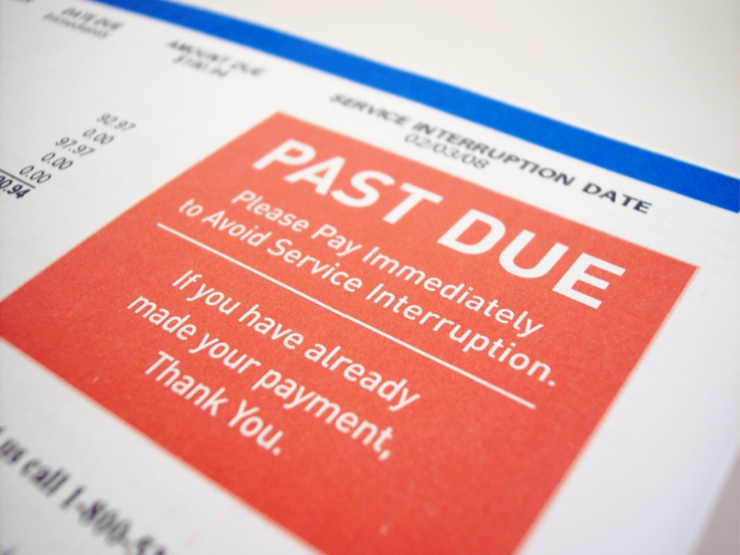
The WSJ does a deep dive on the problems some are now facing with Universal Life Insurance. Universal Life became popular in the 1980s as a way for insurance brokers to offer a competing product to customers who started buying term insurance and investing the balance of their monies in stocks and bonds instead of buying whole-life insurance policies.
The insurance policy type emerged in an era nearly four decades ago when the Federal Reserve was fighting inflation with high interest rates. Some financial advisers suggested people forgo traditional “whole life” insurance and buy less-expensive policies that covered just a limited term, investing what they saved in the mutual funds and money-market funds then proliferating. Insurance companies embraced this mantra of “buy term and invest the difference” by inventing a new product.
With universal life, the customer buys a one-year term-insurance policy and renews it annually. In the early years, the premium the customer pays is a good deal more than the actual cost of the insurance. The excess goes into a tax-deferred savings account.
The policies are designed so the gains in the savings account, which the industry typically calls a “cash-value” account, offset part of the cost of renewing the term insurance each year.
Much depends on what interest rate the account is earning. When these policies first were sold, U.S. interest rates were unusually high, and insurers often illustrated the policies to potential customers using a scenario of continuous 10% to 13% rates.
Companies typically showed worst-case scenarios, too. But with high rates common, the worst-case scenarios often got short shrift.
The interest projections were proving unrealistic by the mid-1990s, and especially so after the 2008 financial crisis depressed rates. Although many policies didn’t allow the savings-account return to fall below 4% or 5%, that wasn’t enough for early customers. The cost of a year of term insurance soars once people reach their late 70s.
Compounding the problem, universal life offers flexibility that is alluring but dangerous. Within reason, customers plan their own monthly or annual premium payment. They can set it low, counting on high interest income in their savings account to keep the policy financially sound.
Read more here.



